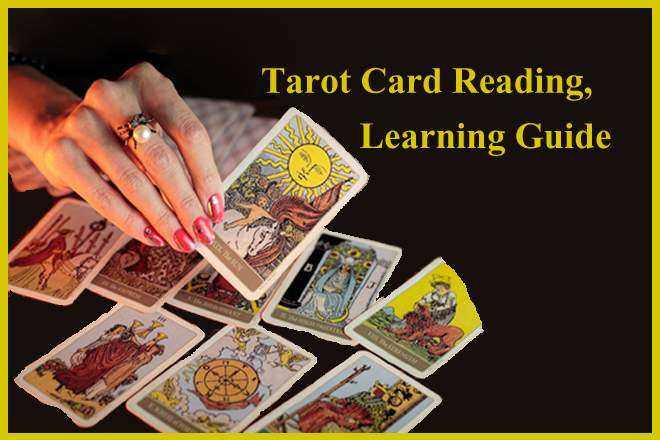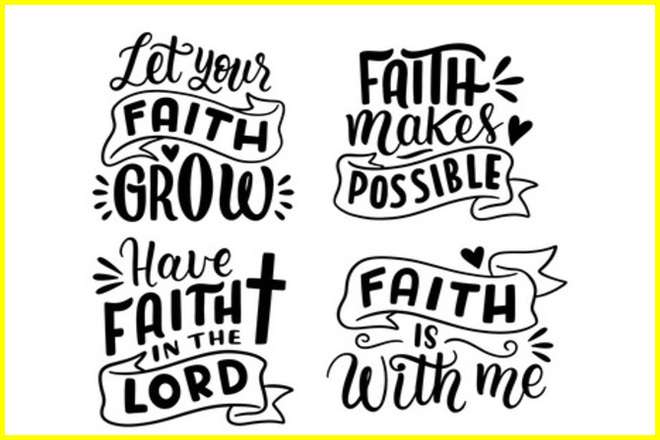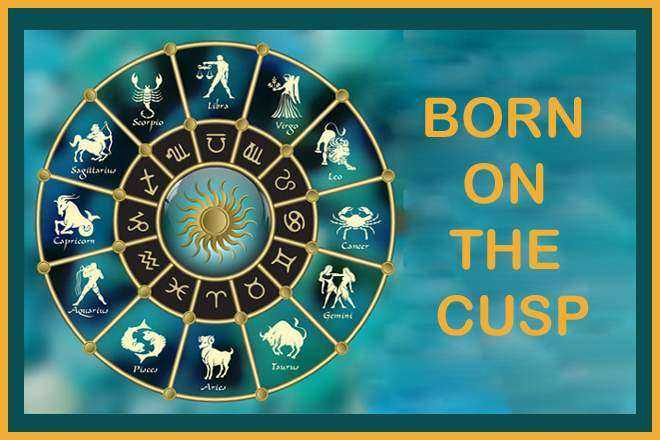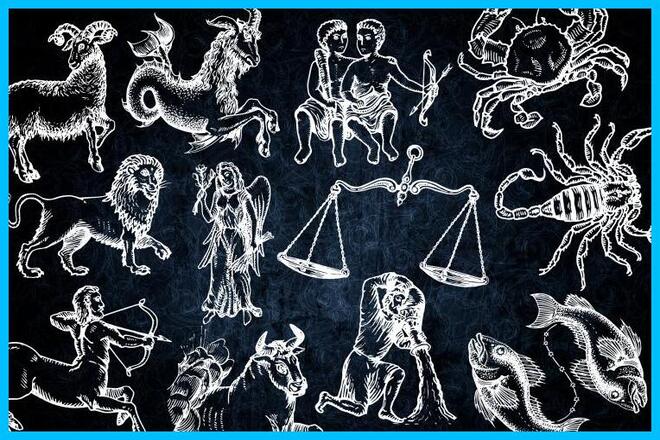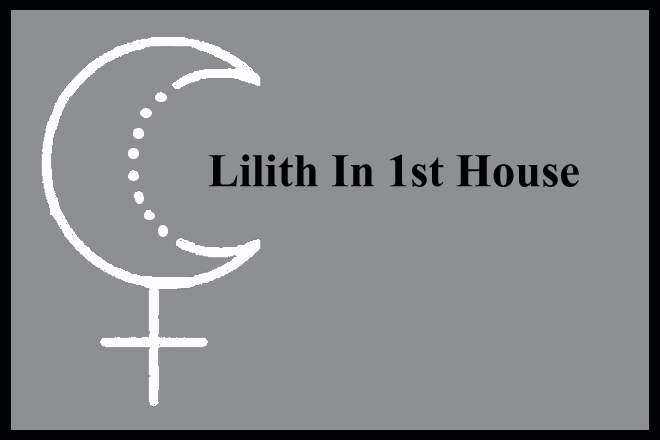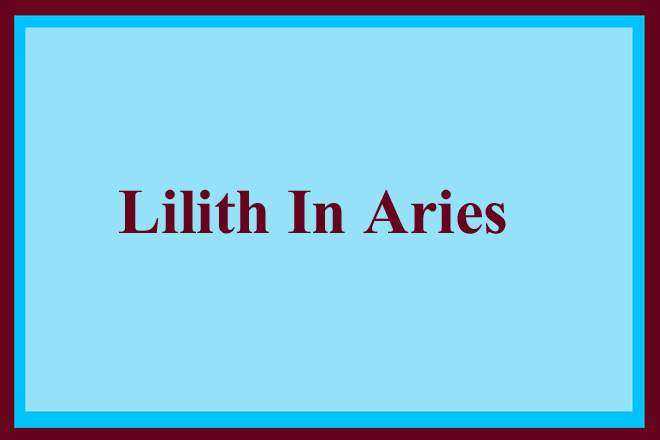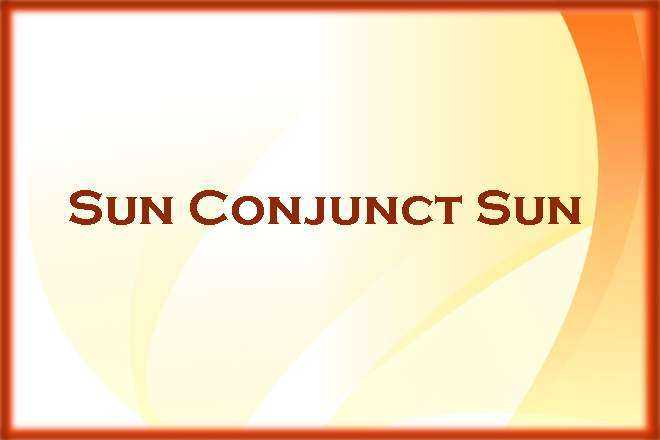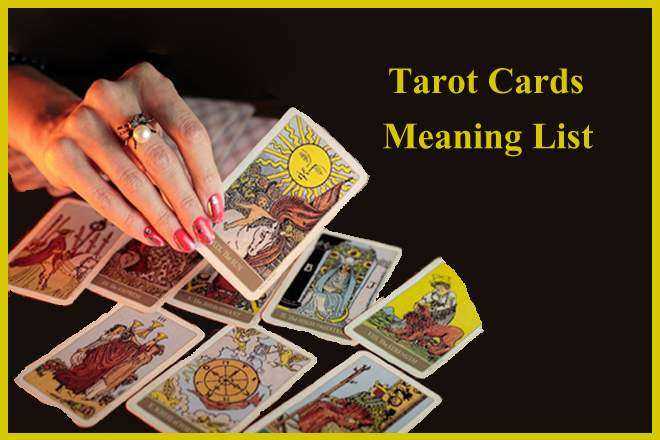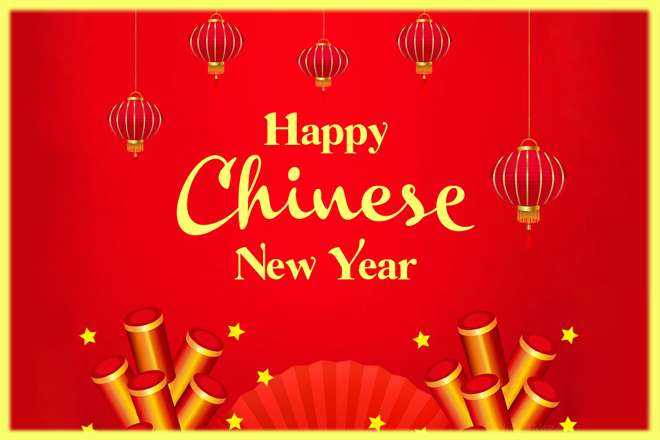Tarot Card Reading and Learning
Tarot is a set of cards used in tarot and fortune-telling games. In the 1430s, Tarot decks in Italy were created by adding a fifth suit of 21 cards called “trionfi” and an odd “il matto” (“the dumb”) to the existing four-suit bag. (The fool’s not the origin of the modern joker invented as an improper jack in the game of Euchre at the end of the 19th century.)
Tarot is one of the most famous occult practices, and there are now many different types of illustrated decks. The aestheticism of this ancient art has reinvigorated interest in tarot, making it a social media favorite; it even has emojis.
Despite its ubiquity, though, tarot can still seem elusive and confusing. What exactly is a tarot? What do the cards mean, and how are they used? Don’t fret: The tarot fundamentals are easy to understand. Here’s what every beginner should know about the history of tarot, as well as tips and tricks for kick-starting your unique practice.
Where Does Tarot Come From?
Surprisingly, tarot is quite a contemporary craft. Although tarot decks date back to the 1400s, initially, graphic cards were used instead of predicting games. The cartoonist of the French occupant Jean-Baptiste Alliette — known by his pseudonym Étteilla, the inverse of his surname — was not developed until 1785, when he established comprehensive connections between illustrated cards, astrology, and ancient Egyptian lore.
Over the next century, mystics and philosophers continued to expand the role of tarot. In the late 1890s, several London-based occultists formed the Hermetic Order of the Golden Dawn, one of the groups responsible for the modern magical revival. Two of the group’s founders, husband and wife MacGregor and Moina Maters, wrote a manual that detailed the tarot’s symbolic power, entitled Book T.In
1909, Arthur Edward Waite and Pamela Colman Smith designed and published a tarot deck loosely based on the Hermetic Order of the Golden Dawn. This timeless deck is known as the Rider-Waite deck and is still the most popular tarot variant for beginner and professional card readers. In 1943, occultist Aleister Crowley (the self-declared nemesis of Arthur Edward Waite) and Lady Frieda Harris published their interpretation of the Hermetic Order of the Golden Dawn’s tarot. Their Thoth deck, named after the Egyptian god of alphabets, incorporates specific astrological symbolism into each card, linking the divination practice to the cosmos.
How do I Choose a Deck?
There is no shortage of stunning, dynamic tarot decks. Since the mid-twentieth century, hundreds — if not thousands — of beautiful decks have been published. For example, the Tarot de Marseille deck is an elegant reproduction of a classic French deck; the Motherpeace deck perfectly captures the ethereal spirit of the 1970s; the Black Power deck spotlights famous black luminaries.
Some tarot readers think you should receive your first deck. There’s nothing more precious than to reward yourself with the magic of worship while everyone loves presents, and I say that you should love choosing your first deck. The primary variable is your unique connection to cards with many enchanting options.
Observe your emotions when shopping online or in person as you browse different tarot decks. Does the one you’re considering make you feel excited? Wary? Confused? Trust your intuition: Your careful consideration will ultimately guide your interpretation of the cards. Next, explore the imagery: Do classical or modern representations enchant you? Finally, note the symbols: Are they enticing? Remember, there is no hierarchy of tarot decks, so choose whichever deck truly tantalizes your soul.
What’s The Difference Between The Major Arcana And The Minor Arcana Cards?
Let’s talk about the deck’s structure and its cards’ meanings. Any magical practice — tarot, astrology, or spell work — is based on the Hermetic axiom “as above, so below.” In other words, the macrocosm of the cosmos is reflected in the microcosm of individual experience. Accordingly, the entire universe exists within a tarot deck, with each card representing a person, place, or event. These symbols are depicted in the Major Arcana cards, which speak to greater secrets, and the Minor Arcana cards, which say lesser mysteries.
The Major Arcana cards represent huge, groundbreaking influences. They punctuate our journeys, and each stands alone as a powerful message, meaning life-changing motions that define the beginnings or ends of cycles. These dynamic cards appear during major transitions, signaling remarkable moments of transformation. The cards are numbered to represent stations within our greater journey through life; their chronological order reveals the passing of time.
The Minor Arcana cards, on the other hand, reflect everyday matters. They showcase ordinary people engaging in mundane activities like dancing, drinking, sleeping, or quarreling. These cards suggest actions triggered by human behaviors and appear during gentle transitions that may be temporary or have only a minor influence.
The Minor Arcana cards are broken into four suits containing ten numbered cards and four court cards. In the Minor Arcana, the card’s number reveals the stage of an event: The ace card represents the beginning, while the 10 symbolizes the end. Similarly, the progression of the court cards demonstrates our understanding of circumstances on an individual level, representing either personality types or actual people. In some decks, the Page (or Princess, in some decks), Knight, Queen, and King interpret circumstances with increasing levels of understanding and wisdom.
The suits (Wands, Pentacles, Swords, and Cups) correspond to their unique areas of life and astrological elements. Wands symbolize passion and inspiration (communicating with the fire element), Pentacles represent money and physical realities (corresponding with the earth element), Swords depict intellectual intrigues (corresponding with the air element), and Cups illustrate emotional matters (corresponding with the water element). These suits reveal which spheres of influence are being activated, offering guidance on best managing circumstances.
Tarot Deck
The standard modern tarot deck is based on the Venetian or the Piedmontese tarot. It consists of 78 cards divided into two groups: the major arcana, which has 22 cards, also known as trumps, and the minor arcana, which has 56 cards.
The major arcana cards have pictures representing various forces, characters, virtues, and vices. The 22 cards are numbered I through XXI, with the fool being unnumbered. The tarots of the major arcana are, in order, as follows: I juggler, or magician; II papess, or female pope; III empress; IV emperor; V pope; VI lovers; VII chariot; VIII justice; IX hermit; X wheel of fortune; XI strength, or fortitude; XII hanged man; XIII death; XIV temperance; XV devil; XVI lightning-struck tower; XVII star; XVIII moon; XIX sun; XX last judgment; XXI world, or universe; and the fool.
The 56 minor arcana cards are divided into four suits of 14 cards each. The suits, which are comparable to those of modern playing cards, are as follows: wands, batons, or rods (clubs); cups (hearts); swords (spades); and coins, pentacles, or disks (diamonds). Each suit has four court cards—king, queen, knight, and jack—and 10 numbered cards. In ascending order, the value progression in each suit is ace to 10, then jack, knight, queen, and king (though the authority is sometimes assigned a high value, as in modern playing cards).
The adaptation of tarots for occult and fortune-telling purposes first occurred in France in about 1780. For fortune-telling, each tarot card has an ascribed meaning. The major arcana cards refer to spiritual matters and essential trends in the questioner’s life. In the minor arcana, wands deal mainly with business matters and career ambitions, cups with love, swords with conflict, and coins with money and material comfort. The questioner shuffles the tarot deck, and then the fortune-teller lays out a few cards (either selected randomly by the questioner or dealt off the top of the shuffled deck) in a unique pattern called a “spread.” The meaning of any card is modified according to whether it is upside down, its position in the spread, and the importance of adjacent cards.
How Can I Get Started Reading The Cards?
Together, the Major and Minor Arcana cards create a comprehensive pictorial language. However, it is essential to remember that all the answers we seek exist innately within the deck, with each card illustrating a person, circumstance, or potential outcome. Since there are no secret puzzles or hidden agendas with tarot, the ability to discern meaning lies within your narrative interpretation.
Before any reading, shuffle (or “clear”) the deck; this deliberate gesture should become a meditation. Feel the physicality of the cards in your hand, visualizing your question. If you’re reading for another person, use this reflective moment to get to the root of their situation and help you formulate specific queries for them. Take as long as you need. Clearing the deck is a critical first step in reading tarot cards, as it opens the pathway between spiritual dimensions. Cut the cards into three when ready and reorder the pile face down. Then, on your favorite cloth (be precious with your tarot deck), prepare to pull cards for your tarot “spread.”
The “three-card spread” is one of the most simple and effective tarot spreads. You can adjust the categories to accommodate any situation (past, present, future, yourself, the other person, the relationship, opportunities, challenges, outcomes, mind, body, and spirit). The cards and their corresponding positions will effortlessly expose bonds and dynamics. But before reading the straightforward explanation of each card, take a moment to create your own story based on observation. How do the cards you drew make you feel? What are the colors and symbols? If there are characters, are they facing towards or away from each other? Do the illustrations seem cohesive or disjointed?
Though each card has traditional associations, the most powerful resource available is your intuition. Note your immediate emotional reaction: Your instincts will inform your study and strengthen your pictorial memory. Eventually, you’ll develop your systems and patterns, and individual cards will carry meanings specific to you. Perhaps the Devil card will represent an ex-lover, while the Two of Wands will symbolize a new job. Your distinctive lexicon will inform your readings, allowing you to create specific narratives applicable to any circumstance or situation.
Don’t forget that cosmic warriors and tarot provide a rich vocabulary. Still, it is ultimately no more powerful than a coin toss: We can energetically charge any item or action through the strength of our spirit. Though tarot requires time, practice, and patience, we intrinsically possess the skills to produce honest and accurate divinations. At the core of tarot are passion, logic, curiosity, and intuition, which define the illuminated cards and their mystical readers.
What Do I Need To Read Tarot Cards?
First, you’ll need a tarot deck. The most popular and well-known deck is the Rider-Waite, drawn by illustrator Pamela Colman Smith and published in 1910. These cards are known for their simple imagery, simple color scheme (featuring lots of yellow, sky blue, and gray), and symbolism. Many people recommend the Rider-Waite deck for beginners, as the cards’ meanings are so often intuitive — and when they’re not, plenty of interpretation guides exist in books and online. In addition, many decks, including the Rider-Waite, come with a bit of paper defining each card’s most common interpretation.
Though it’s the best-known deck, the Rider-Waite is far from a beginning reader’s only option. The Wild Unknown deck is beautiful, though — fair warning — a bit less intuitive for newcomers. The Morgan Greer deck is like the Rider-Waite on steroids: The symbols are similar, but the faces are more prominent and bolder, and the colors are more vivid and varied. There are modernized, diverse decks and Game of Thrones-themed decks. Most important is picking a deck with imagery that interests you and symbolism you can interpret. You’re the one who’ll be using them, so they have to fit your personality and style.
1- Question – In general, what do tarot cards represent?
Answer – Tarot cards are there to give guidance and, as shamans like to say, “medicine” around what is happening in your orbit: love, money, career, goals, and general life path.
2- Question -How should someone interpret the cards they pull?
Answer -Every tarot deck comes with a guidebook to aid in interpretation. However, this practice isn’t about learning the correct meaning of the card or a single way to interpret the message. Instead, I ask that you use this moment to flex your “intuitive muscle” and tap into how a particular card applies to different areas of your life.
3- Question -After you pull a card, do you put it back in the deck, or does it need to be addressed?
Answer – Option 1: A-OK returns the card in the deck after the reading.
Option 2: While contemplating the message you received, leaving it somewhere near to refer back to it is excellent. Just don’t lose it!
It is always taught that the cards you have chosen from the deck go back into the box face-up on top of the pile of cards while the rest of the deck stays face-down in the box. Repeat this practice every time you do a reading for yourself or others.
4- Question -What process do you recommend for pulling and addressing the cards?
Answer -How to Get Started: Open your tarot box.
Hold the cards in your hand. Then, please take a few deep breaths and ask your spirit guides (or whomever you believe is communing on your behalf) to be with you during the reading. Ask your guides for clear messages that benefit your highest destiny path.
–While holding the cards in your hand, “knock” or tap the pile several times to spread your energy into the deck.
1- Give the cards a thorough shuffle.
2- Cut the cards into three piles and again put them into one pile.
3- Now, you are ready to start the reading as you have jazzed up the cards.
4- Spread the cards on the floor or table.
5- Choose the cards you are drawn to.
6- Consult the guidebook and your intuition!
7—Tip—You have to clear the deck if the cards are brand new or new for you, meaning they were donated to you or someone else who has used them before! You want to infuse your energy and remove energy from others. First, I use smoke from sage to clear the cards. Then, I randomly select every card from the deck. Finally, I look at the images and meditate momentarily on each picture.
5- Question -Should someone pull one card or pull many?
Answer – Training Wheels –Pull one card from the deck and look up the meaning in the guidebook. (Before picking the card, ask out loud or silently: “What is the message I need to hear today?) Read for yourself before you start practicing with others.
10-Speed –There are different spreads you can follow. (Usually, traditional card spreads can be found in the guidebook). You can also Google image search “tarot card spreads” to get a quick visual tutorial of how a spread works. Pick the configuration that most resonates with you. These are two very basic spreads to try:
Three Card Reading: One for past, present, and future.
The Week Ahead: Pull seven cards. (Decide which card represents each day of the Week before turning the cards over.) Then, again, reference the guidebook for additional info.
6- Question -Do you think starting with a reader is essential, or can you realistically read for yourself?
Answer – Take what serves you and leave the rest behind—we all take in intuitive information differently. I would always recommend that you get tarot readings from a professional and learn what their process involves. There are also in-person classes on how to learn basic tarot.
Click The Below Link To Read In Details- The Major Arcana 1-The Fool - 0 2-The Magician Tarot Card -I 3-The High Priestess Tarot Card -II 4-The Empress Tarot Card -III 5-The Emperor Tarot Card -IV 6-The Hierophant Tarot Card -V 7-The Lovers Tarot Card -VI 8-The Chariot Tarot Card -VII 9-Strength Tarot Card -VIII 10-The Hermit Tarot Card -IX 11-The Wheel of Fortune Tarot Card -X 12-Justice Tarot Card -XI 13-The Hanged Man Tarot Card -XII 14-Death Tarot Card -XIII 15-Temperance Tarot Card -XIV 16-The Devil Tarot Card -XV 17-The Tower Tarot Card -XVI 18-The Star Tarot Card -XVII 19-The Moon Tarot Card - XVIII 20-The Sun Tarot Card - XIX 21-The Judgement Tarot Card -XX 22-The World Tarot Card - XXI The Minor Arcana The Suit of Swords - 1st Suit 1- King Of Swords Tarot Guide. 2- Queen Of Swords Tarot Guide. 3- Knight Of Swords Tarot Guide. 4- Page Of Swords Tarot Guide. 5- Ace Of Swords Tarot Guide. 6- Two of Swords, 2 of Swords. 7- Three of Swords, 3 of Swords. 8- Four of Swords, 4 of Swords. 9- Five of Swords, 5 of Swords. 10- Six of Swords, 6 of Swords. 11- Seven of Swords, 7 of Swords. 12- Eight of Swords, 8 of Swords. 13- Nine of Swords, 9 of Swords. 14- Ten of Swords, 10 of Swords. The Suit of Cups - 2nd Suit 1- King Of Cups Tarot Guide. 2- Queen Of Cups Tarot Guide. 3- Knight Of Cups Tarot Guide. 4- Page Of Cups Tarot Guide. 5- Ace Of Cups Tarot Card. 6- Two Of Cups, 2 Of Cups. 7- Three Of Cups, 3 Of Cups. 8- Four Of Cups, 4 Of Cups. 9- Five Of Cups, 5 Of Cups. 10- Six Of Cups, 6 Of Cups. 11- Seven Of Cups, 7 Of Cups. 12- Eight Of Cups, 8 Of Cups. 13- Nine Of Cups, 9 Of Cups. 14- Ten Of Cups, 10 Of Cups. The Suit of Wands - 3rd Suit 1- King Of Wands Tarot Guide. 2- Queen Of Wands Tarot Guide. 3- Knight Of Wands Tarot Guide. 4- Page Of Wands Tarot Guide. 5- Ace Of Wands Tarot Guide. 6- Two Of Wands, 2 Of Wands. 7- Three Of Wands, 3 Of Wands. 8- Four Of Wands, 4 Of Wands. 9- Five Of Wands, 5 Of Wands. 10- Six Of Wands, 6 Of Wands. 11- Seven Of Wands, 7 Of Wands. 12- Eight Of Wands, 8 Of Wands. 13- Nine Of Wands, 9 Of Wands. 14- Ten Of Wands, 10 Of Wands. The Suit of Pentacles or Coins - 4th Suit 1- King Of Pentacles Tarot Guide. 2- Queen Of Pentacles Tarot Guide. 3- Knight Of Pentacles Tarot Guide. 4- Page Of Pentacles Tarot Guide. 5- Ace Of Pentacles Tarot Guide. 6- Two of Pentacles, 2 of Pentacles. 7- Three of Pentacles, 3 of Pentacles. 8- Four of Pentacles, 4 of Pentacles. 9- Five of Pentacles, 5 of Pentacles. 10- Six of Pentacles, 6 of Pentacles. 11- Seven of Pentacles, 7 of Pentacles. 12- Eight of Pentacles, 8 of Pentacles. 13- Nine of Pentacles, 9 of Pentacles. 14- Ten of Pentacles, 10 of Pentacles. Tarot Cards Overview Articles 1- Tarot Cards List, All Tarot Cards. 2- Tarot Card Reading, Tarot Card Learning.




